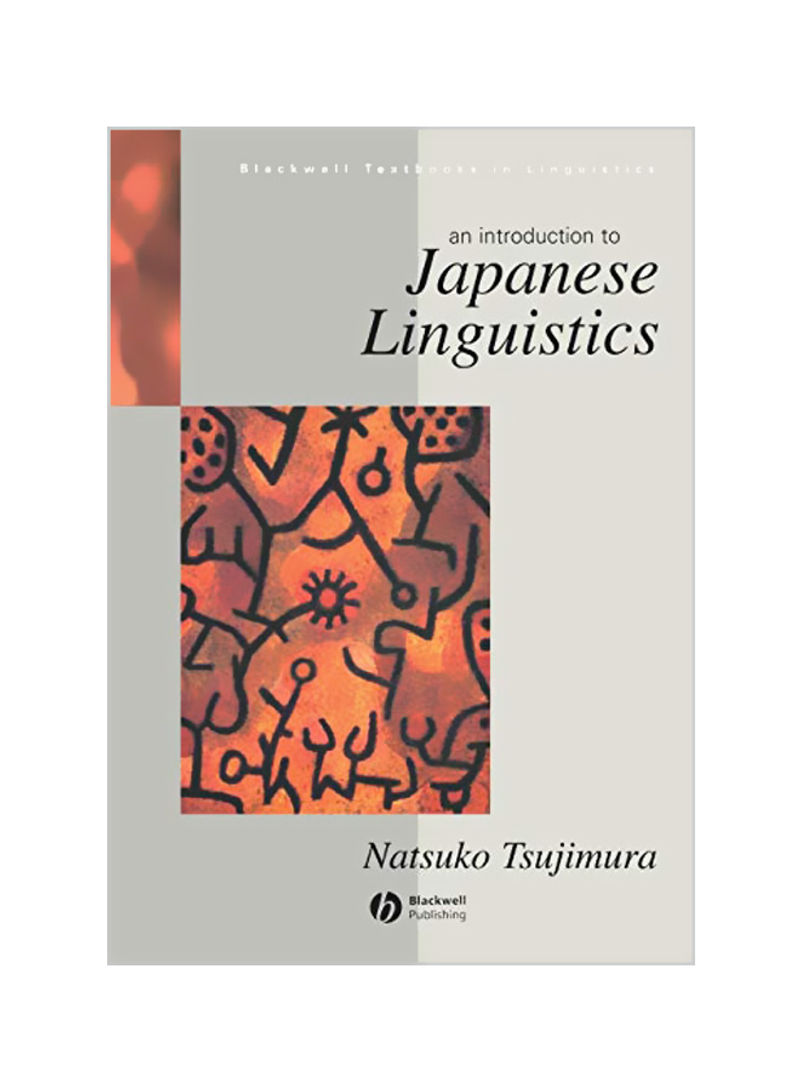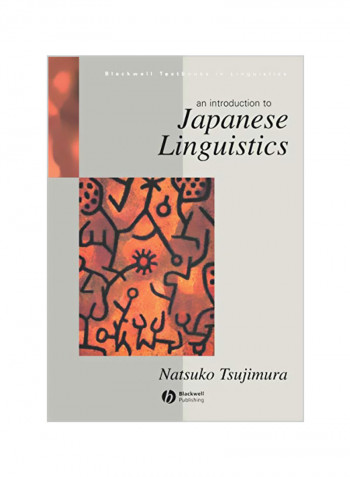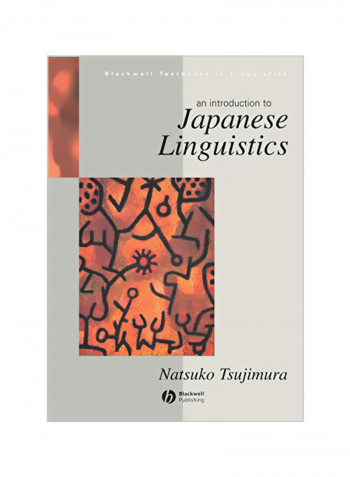Introduction To Japanese Linguistics Paperback
Recommend
Sort by
Rating
Date
Specifications
Author 1
Natsuko Tsujimura
Book Description
This is the first textbook on the structure of Japanese written in the framework of generative linguistics. It serves both as an introduction to Japanese Linguistics for those who have no prior knowledge of linguistics, and as a reference book on Japanese for linguists in general.The book gives a comprehensive account of Japanese linguistics covering phonetics, phonology, morphology, syntax, semantics, language change, dialect variation, and gender differences. The author introduces linguistic notions and terminology, and discusses theoretical analyses of linguistic phenomena in the language. A major focus is on phonology and syntax, where the formal approach of generative grammar is adopted. To aid the student's learning, chapters are supported by exercises exploring descriptive and theoretical issues, and by reading lists which introduce students to the research literate.Besides its value to students taking courses in Japanese linguistics, and as a reference on the structure of the language, the book will also be a benefit to instructors of Japanese who wish to enhance their linguistic knowledge of the language.
ISBN-13
9780631198567
Language
English
Publisher
John Wiley And Sons Ltd
Publication Date
30-01-1996
Number of Pages
420
About the Author
Natsuko Tsujimura is Associate Professor in East Asian Languages and Cultures, and Adjunct Associate Professor in Linguistics at Indiana University, USA.
Editorial Review
"Teachers and students of Japanese will find the rich set of data and the clear and user-friendly descriptions invaluable in understanding the structure of the Japanese Language." Professor Shigeru Miyagawa, Massachesetts Institute of Technology "This book is an excellent invitation to Japanese Linguistics not only for students of Japanese but also for native speakers who are interested in the structure of their own language. As it includes insightful discussion of the major theoretical issues and detailed bibliographical information, it is also a valuable reference for theoretical linguistics." Mamoru Saito, University of Connecticut



